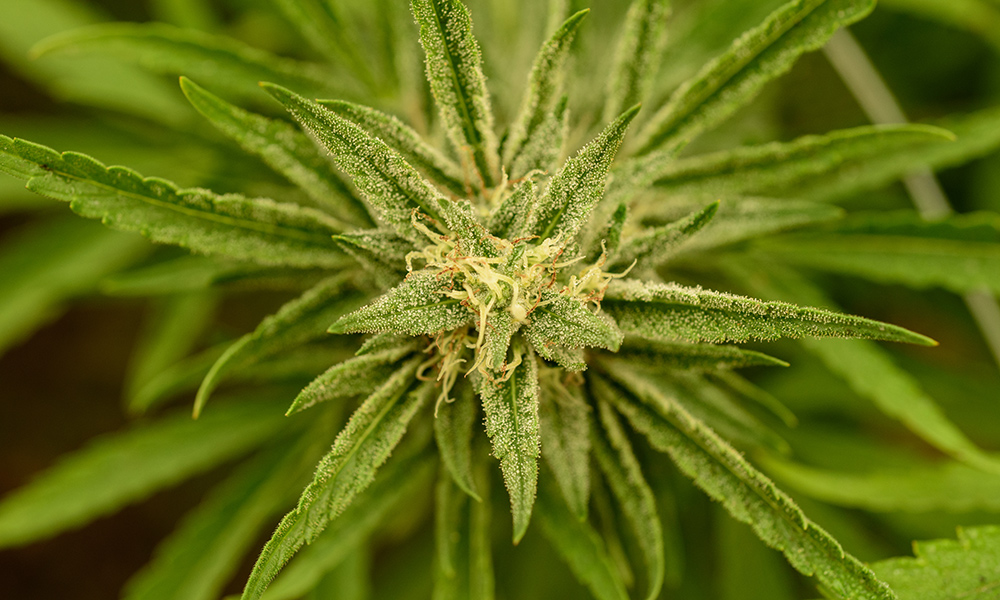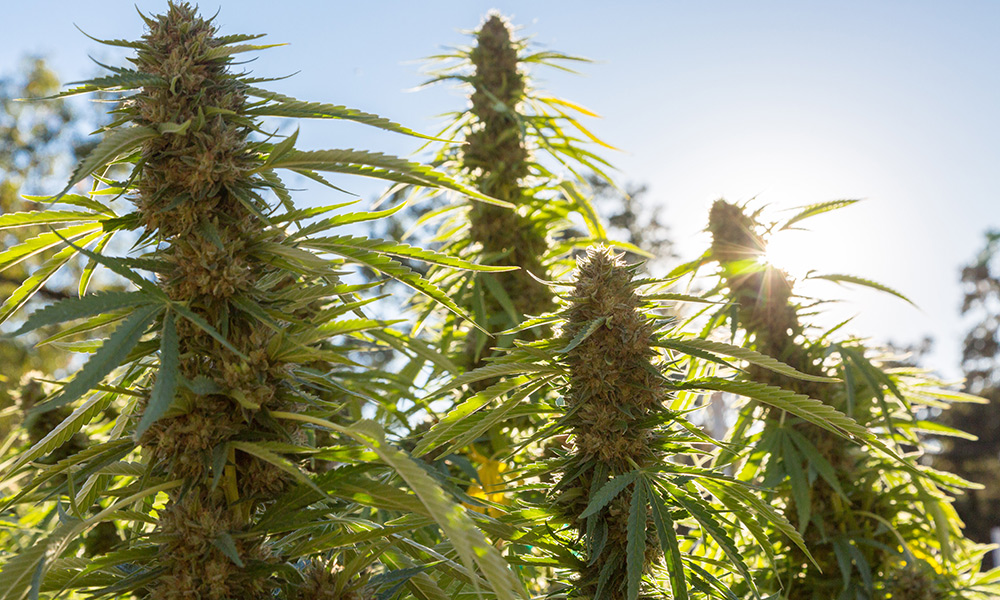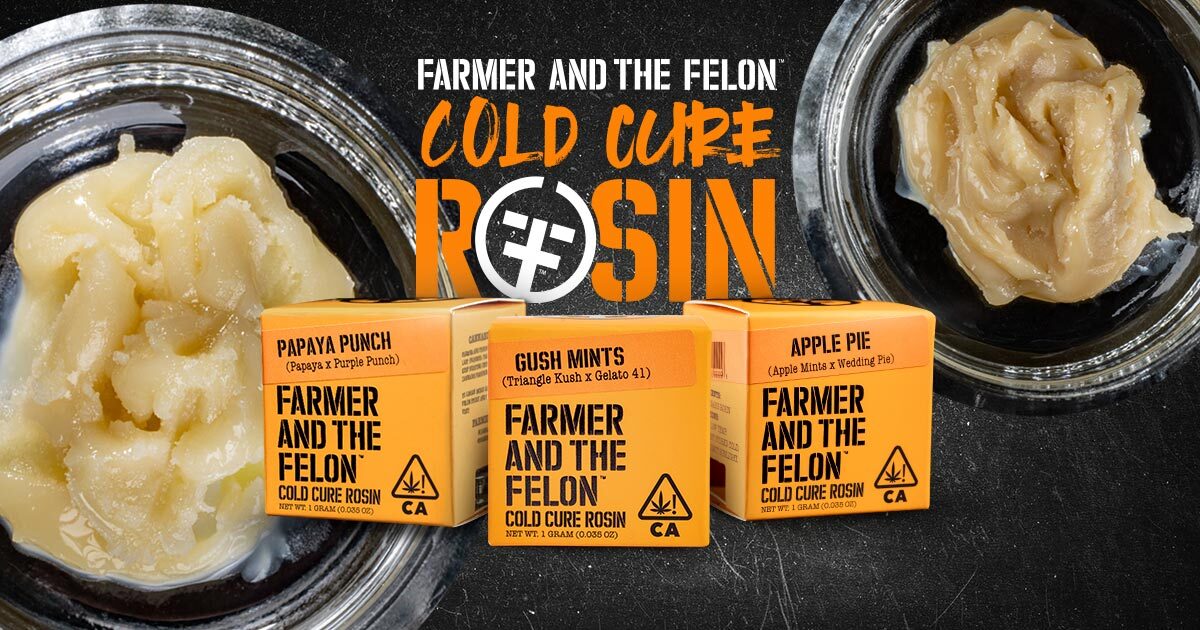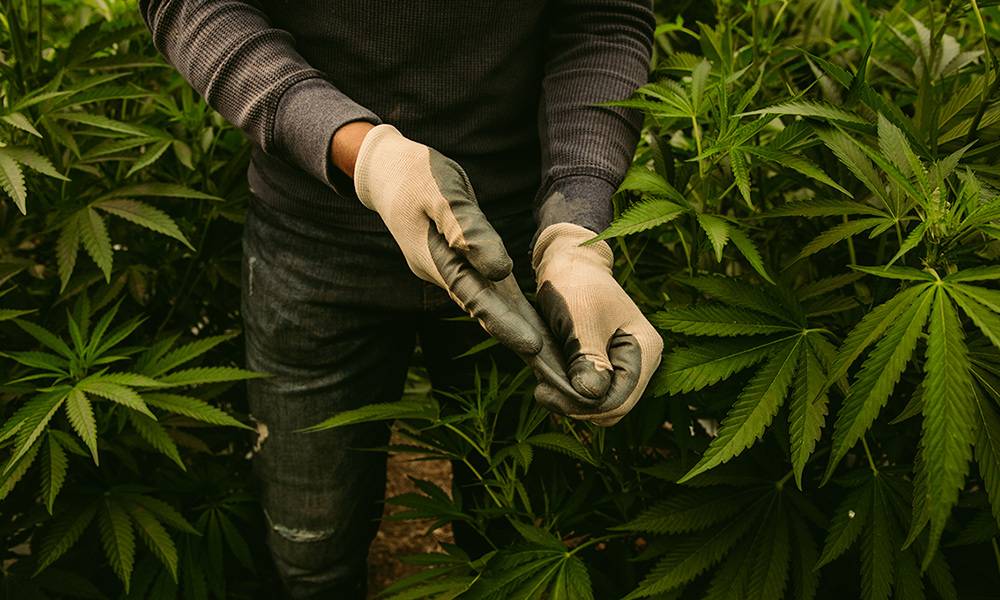By Dante Jordan
October, better known as Croptober, is cannabis harvest season. It’s the time where sun-grown cannabis farmers who have been hard at work since Spring can finally cash out on their sweat equity. It’s also the time for consumers to celebrate millions of pounds of fresh, high quality, affordable weed products coming into the market.
While most of the month’s celebration is focused on all of these products, the real story of Croptober is about the producers, and all of the obstacles those outdoor sun-growers have always overcome to make the month possible.
The Evolution of Croptober is Tied to Cannabis Prohibition
Through the legalization of cannabis in some states, Croptober has evolved over time. To gain more insight on the subject, I spoke to Dennis Hunter, co-founder of Farmer and the Felon and our parent company, California’s CannaCraft.
On growing weed pre-legalization, he tells me “I started growing pretty young before I had a lot of my own properties. I’d have patches hidden in the woods that I'd just park and hike to. So harvesting them was pretty unique. We didn’t have a dry room, so I'd dry it out in the woods. I’d run baling wires between trees, and another layer on top of that, so I could hang plastic over [the plants] if it rained. It actually dried pretty nicely, you’d be amazed what you can do out in the woods.”
Back then, the mission for outdoor growers was all about hiding from helicopters, which dictated where plants were grown. It also placed limits on plant size, and the resulting yields. “We were yielding anywhere between a quarter-pound or a half-pound plants. You may have a pounder, which would be big, because you’re kind of growing in the shade. They weren’t full-sun plants that produced really heavy [yields],” he says.
Hunter often chose Manzanita bushes as his shield from local authorities. “I used to really like growing in manzanitas. Because the manzanita would always be on the south side of the hill, it would get the most sun. A lot of times the plants would grow 10, 12 feet tall. You could go in, hollow out the manzanita a little bit, and make a tent. I may have anywhere between a 100 to 200 plants in there. No one would find it out in areas that weren't very accessible.”
The New, Technical Cannabis Harvest
Nowadays the CannaCraft co-founder doesn’t have to be so hidden with his operation. California’s cannabis legalization allows him to operate publicly, and with that comes many technological advances to his harvest process.
How Do You Know When Weed Is Ready to be Harvested?
A plant’s appearance will tell you when it’s time to harvest. The leaves and trichomes will change color, and the buds will tighten. Hunter suggests, “You’ll see the [trichomes] get a little bit milky, and the white hairs turning red and maturing. And then there’s also a swelling of the bud that happens. When all those things come together, you’re looking for that moment to harvest. Sometimes that means you’re taking the top off the plant; sometimes the whole plant may be ready to finish. Underneath those tops there are a lot of great buds, and even just three or four days of getting direct light really hardens them up.”

Proper Drying and Curing Techniques
The most efficient way to dry your cannabis is to hang it, so it can dry evenly. When dried improperly, buds can lose quality, and can even get moldy. For proper curing, after dried and trimmed, you want to place your buds in air-tighter containers like glass mason jars, and store them in a cool, dark environment for several weeks. This final stage allows buds to develop those pristine aromas, flavors, and effects.
On the biggest changes since his older Croptober days, Hunter tells me “Having facilities where you’re able to hang everything uniform, and having people watching around the clock that are ready to pull it down and start bucking it as soon as it's at that perfect moisture content, are some of the biggest changes. Going from winging it and now having more technology, and setting the parameters to an exact science.”
Sorting and Trimming Techniques
Sorting your cannabis is separating your final buds by size i.e the shake, small, medium, and large buds into their own groups. Trimming your dried bud gets all those excess sugar leaves out of the way. To trim, simply use scissors and cut the leaves away from the nugs.
Long-Term Storage Methods
Once your flower is properly dried, trimmed, and cured, you want to store it in a cool, temperature-controlled environment. This too has evolved over time. On then versus now, Hunter explains “We used to get these maroon pickle barrels that were 55 gallons with wide lids and a rubber seal ring that you’d unscrew from the top. Once everything was bagged up, we’d dig a hole, drop the barrel in it, and leave the ringed cap just barely above the surface of the ground. Then cover it all up, put some leaves over it, put a piece of bark over the lid, and have those things stashed all over the property. But now we store it in controlled environments, that are set at 48 degrees, in plastic bags inside of plastic bins.”
A Flower to Remember
When you celebrate Croptober this year, don’t let your thoughts stop at the weed in your jar.
Yes, legalization has made it less risky to grow, but the process is still just as daunting. Growers have gone from hiding out in the woods and planting patches of weed under trees to managing wide open fields with thousands of plants that can take months to mature.
Consider that, this year, your Danksgiving toke was made possible by just the right amount of direct sunlight, temp-controlled rooms for drying and curing, and the hard work of farmers battling threats of pests, mold, mildew, temperature, and - this year - smoke. Send up a puff for them!


